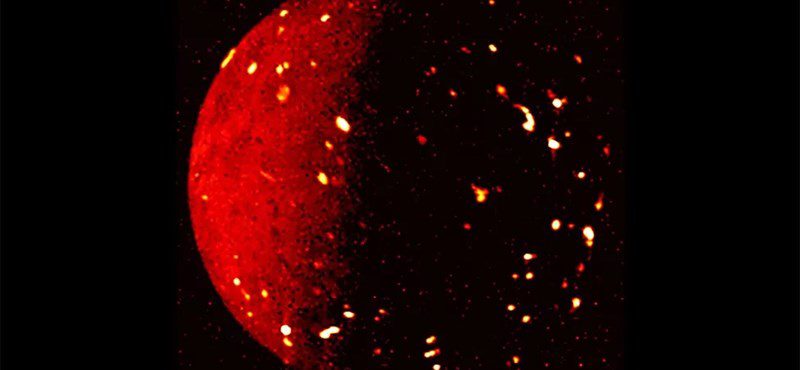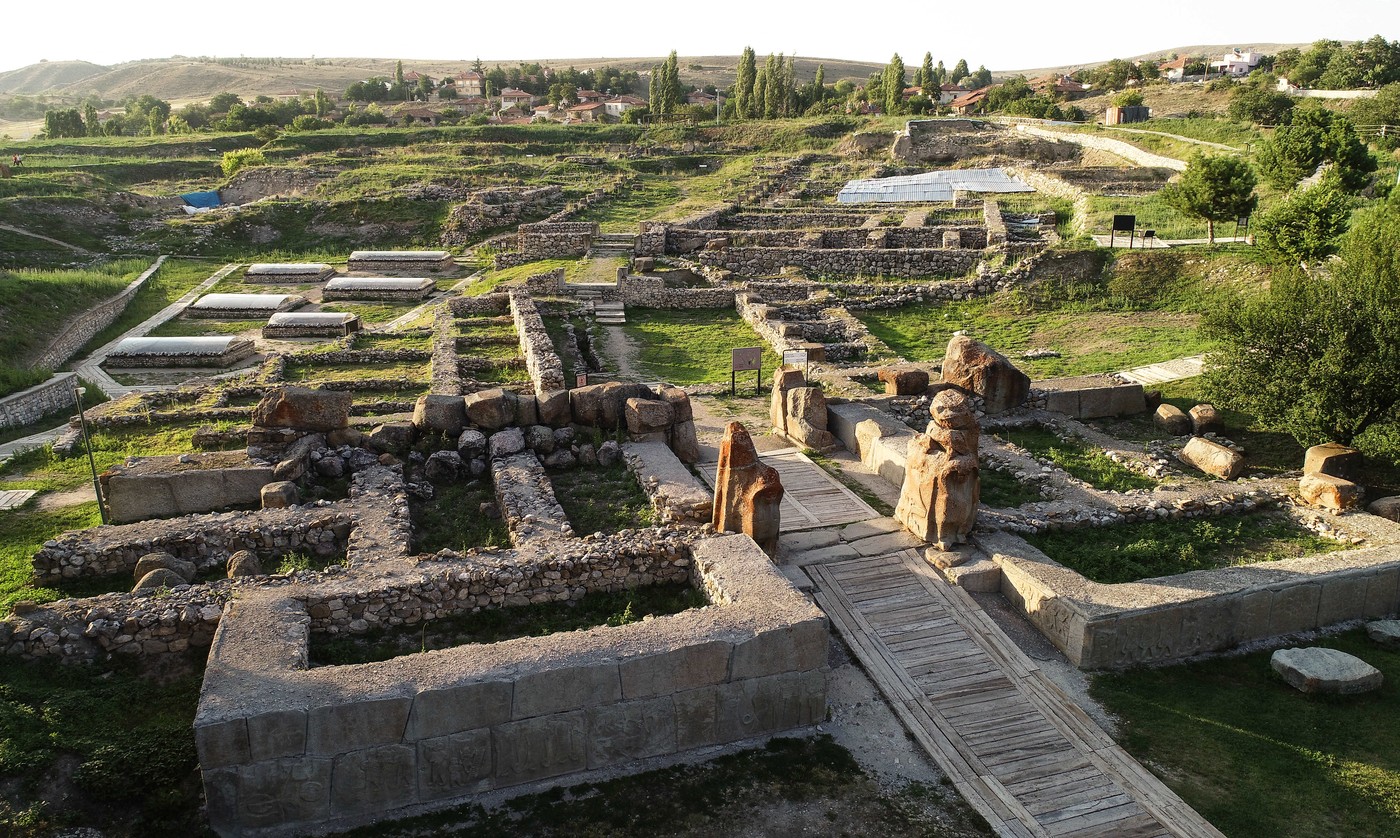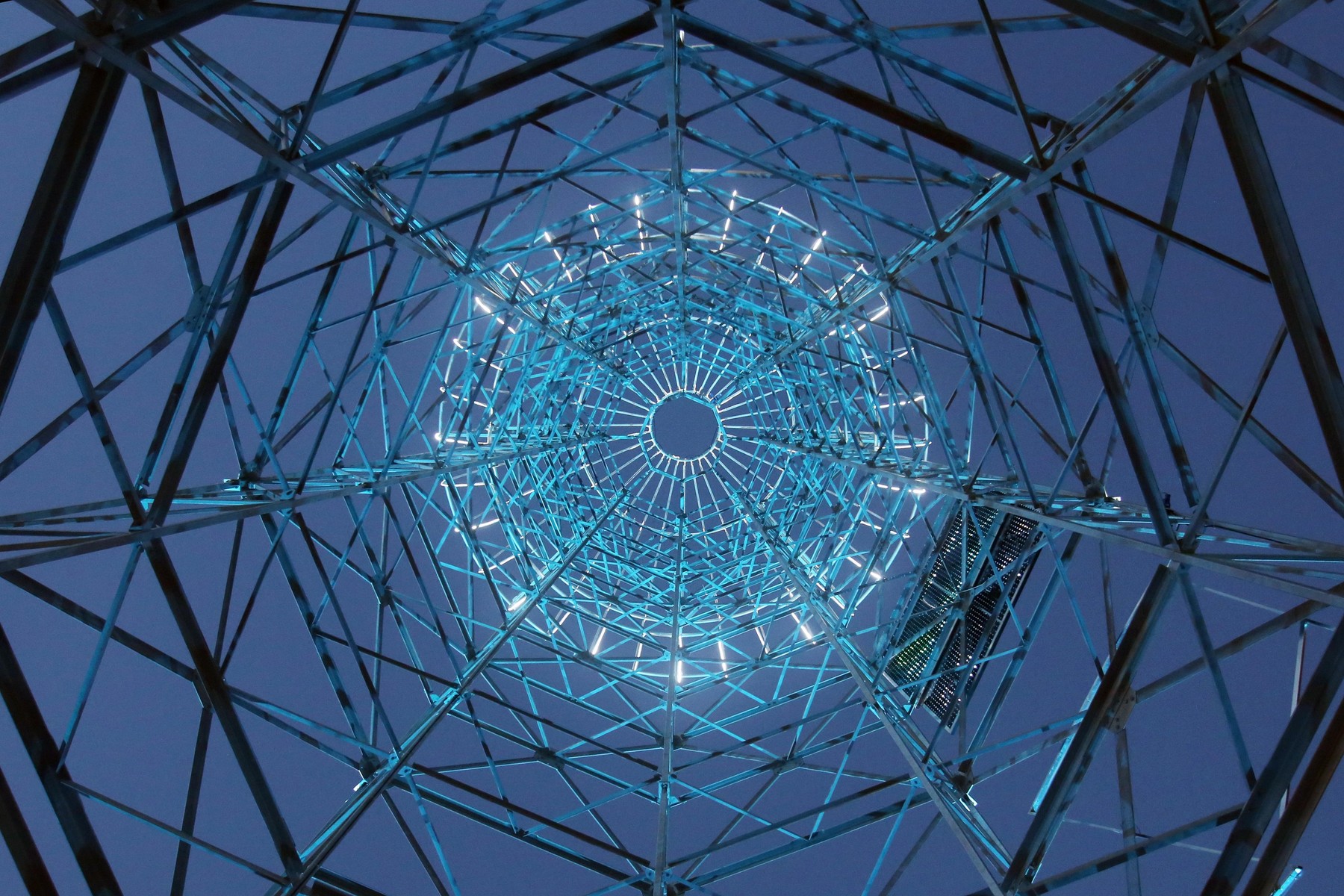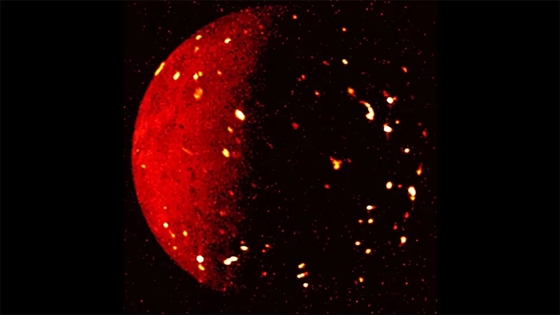[{“available”:true,”c_guid”:”184f7555-af4c-4434-ad27-1e4336710617″,”c_author”:”HVG”,”category”:”360″,”description”:”Hiába köztudott, hogy a motiváltság a siker egyik kulcsa, motiválttá válni cseppet sem egyszerű. Többféle szempontból is vizsgálták már ezt a késztetést, legutóbb svájci kutatók az anyagcsere oldaláról vágtak bele. “,”shortLead”:”Hiába köztudott, hogy a motiváltság a siker egyik kulcsa, motiválttá válni cseppet sem egyszerű. Többféle szempontból…”,”id”:”202250_motivaciojavito_etrend_a_glutationkapcsolat”,”image”:”https://api.hvg.hu/Img/ffdb5e3a-e632-4abc-b367-3d9b3bb5573b/184f7555-af4c-4434-ad27-1e4336710617.jpg”,”index”:0,”item”:”6bad2fc7-e36b-42bd-91fc-445a04372b59″,”keywords”:null,”link”:”/360/202250_motivaciojavito_etrend_a_glutationkapcsolat”,”timestamp”:”2022. december. 15. 14:00″,”title”:”Egyértelmű kapcsolatot találtak az étrend és a motiváltság között”,”trackingCode”:”RELATED”,”c_isbrandchannel”:false,”c_isbrandcontent”:false,”c_isbrandstory”:false,”c_isbrandcontentorbrandstory”:false,”c_isbranded”:false,”c_ishvg360article”:true,”c_partnername”:null,”c_partnerlogo”:”00000000-0000-0000-0000-000000000000″,”c_partnertag”:null},{“available”:true,”c_guid”:”ccb1b114-729f-4628-8c0a-8285781c1a7d”,”c_author”:”HVG”,”category”:”360″,”description”:”A NER egyik gazdasági kulcsemberétől és Scheer Sándortól bérli majd területét egy ózdi és egy gyulai InterSpar-bolt.”,”shortLead”:”A NER egyik gazdasági kulcsemberétől és Scheer Sándortól bérli majd területét egy ózdi és egy gyulai InterSpar-bolt.”,”id”:”202250_ddc_eta_es_gamma_garancsieksparuzletei”,”image”:”https://api.hvg.hu/Img/ffdb5e3a-e632-4abc-b367-3d9b3bb5573b/ccb1b114-729f-4628-8c0a-8285781c1a7d.jpg”,”index”:0,”item”:”b5ef1be8-d403-49d0-b782-acc07cf5031e”,”keywords”:null,”link”:”/360/202250_ddc_eta_es_gamma_garancsieksparuzletei”,”timestamp”:”2022. december. 15. 12:30″,”title”:”Garancsi Istvánék InterSparos üzletbe vágtak bele “,”trackingCode”:”RELATED”,”c_isbrandchannel”:false,”c_isbrandcontent”:false,”c_isbrandstory”:false,”c_isbrandcontentorbrandstory”:false,”c_isbranded”:false,”c_ishvg360article”:true,”c_partnername”:null,”c_partnerlogo”:”00000000-0000-0000-0000-000000000000″,”c_partnertag”:null},{“available”:true,”c_guid”:”098aff64-f884-4e0f-a4a0-604cd94025cd”,”c_author”:”hvg.hu”,”category”:”kultura”,”description”:”December végéig még megtartják a programokat, de aztán március végéig zárva tartanak.”,”shortLead”:”December végéig még megtartják a programokat, de aztán március végéig zárva tartanak.”,”id”:”20221214_Harom_honapra_bezar_a_MOMkult”,”image”:”https://api.hvg.hu/Img/ffdb5e3a-e632-4abc-b367-3d9b3bb5573b/098aff64-f884-4e0f-a4a0-604cd94025cd.jpg”,”index”:0,”item”:”c1efb1a0-710d-4a12-95cc-f78cf93a280d”,”keywords”:null,”link”:”/kultura/20221214_Harom_honapra_bezar_a_MOMkult”,”timestamp”:”2022. december. 14. 17:15″,”title”:”Három hónapra bezár a MOMkult”,”trackingCode”:”RELATED”,”c_isbrandchannel”:false,”c_isbrandcontent”:false,”c_isbrandstory”:false,”c_isbrandcontentorbrandstory”:false,”c_isbranded”:false,”c_ishvg360article”:false,”c_partnername”:null,”c_partnerlogo”:”00000000-0000-0000-0000-000000000000″,”c_partnertag”:null},{“available”:true,”c_guid”:”656dff0c-88b8-442c-b65d-0d69e7472c8f”,”c_author”:”hvg.hu”,”category”:”itthon”,”description”:”Érkeznek az első beszámolók a szakmai egyeztetésről, a tankerületi központok szerepe és a bérrendezés is szóba került. Reggel a helyszínre érkezéskor sem Maruzsa Zoltán, sem Pintér Sándor nem volt hajlandó a sajtó kérdéseire válaszolni. “,”shortLead”:”Érkeznek az első beszámolók a szakmai egyeztetésről, a tankerületi központok szerepe és a bérrendezés is szóba került…”,”id”:”20221216_nke_tanarok_belugy_konzultacio”,”image”:”https://api.hvg.hu/Img/ffdb5e3a-e632-4abc-b367-3d9b3bb5573b/656dff0c-88b8-442c-b65d-0d69e7472c8f.jpg”,”index”:0,”item”:”c108dfad-c0bb-44e4-a2e8-f4becc6bcad9″,”keywords”:null,”link”:”/itthon/20221216_nke_tanarok_belugy_konzultacio”,”timestamp”:”2022. december. 16. 09:02″,”title”:”Konzultál a tanárokkal a belügy, a vidéki iskolák elégedettek a tankerületekkel, a fővárosiak kevésbé”,”trackingCode”:”RELATED”,”c_isbrandchannel”:false,”c_isbrandcontent”:false,”c_isbrandstory”:false,”c_isbrandcontentorbrandstory”:false,”c_isbranded”:false,”c_ishvg360article”:false,”c_partnername”:null,”c_partnerlogo”:”00000000-0000-0000-0000-000000000000″,”c_partnertag”:null},{“available”:true,”c_guid”:”24fbc5ae-43f2-4886-b389-93f0b5930a75″,”c_author”:”hvg.hu”,”category”:”kultura”,”description”:”Megjelent az első előzetes minden idők legdrágább magyar filmjéhez, és még Petőfi Sándor is felbukkan a hollywoodias harcjelenetek között.”,”shortLead”:”Megjelent az első előzetes minden idők legdrágább magyar filmjéhez, és még Petőfi Sándor is felbukkan a hollywoodias…”,”id”:”20221215_Akciofilmhost_csinaltak_Petofibol_mar_bele_lehet_nezni_Rakay_Philip_hatmilliardos_filmjebe”,”image”:”https://api.hvg.hu/Img/ffdb5e3a-e632-4abc-b367-3d9b3bb5573b/24fbc5ae-43f2-4886-b389-93f0b5930a75.jpg”,”index”:0,”item”:”83f04249-98cc-4eda-bff2-ea3b65c9f9c1″,”keywords”:null,”link”:”/kultura/20221215_Akciofilmhost_csinaltak_Petofibol_mar_bele_lehet_nezni_Rakay_Philip_hatmilliardos_filmjebe”,”timestamp”:”2022. december. 15. 11:28″,”title”:”Akciófilmhőst csináltak Petőfiből: már bele lehet nézni Rákay Philip hatmilliárdos filmjébe”,”trackingCode”:”RELATED”,”c_isbrandchannel”:false,”c_isbrandcontent”:false,”c_isbrandstory”:false,”c_isbrandcontentorbrandstory”:false,”c_isbranded”:false,”c_ishvg360article”:false,”c_partnername”:null,”c_partnerlogo”:”00000000-0000-0000-0000-000000000000″,”c_partnertag”:null},{“available”:true,”c_guid”:”104f1d3b-eb8b-48cf-9b62-91296ba6c6bf”,”c_author”:”hvg.hu”,”category”:”cegauto”,”description”:”Láthatáron a legendás orosz terepjáró vadonatúj Sport verziói.”,”shortLead”:”Láthatáron a legendás orosz terepjáró vadonatúj Sport verziói.”,”id”:”20221215_122_loeros_sportos_csucsmodell_jon_a_45_eves_lada_nivabol_sport”,”image”:”https://api.hvg.hu/Img/ffdb5e3a-e632-4abc-b367-3d9b3bb5573b/104f1d3b-eb8b-48cf-9b62-91296ba6c6bf.jpg”,”index”:0,”item”:”e5123710-cd36-45d9-8ccf-10b1600bf788″,”keywords”:null,”link”:”/cegauto/20221215_122_loeros_sportos_csucsmodell_jon_a_45_eves_lada_nivabol_sport”,”timestamp”:”2022. december. 15. 06:41″,”title”:”122 lóerős sportos csúcsmodell jön a 45 éves Lada Nivából”,”trackingCode”:”RELATED”,”c_isbrandchannel”:false,”c_isbrandcontent”:false,”c_isbrandstory”:false,”c_isbrandcontentorbrandstory”:false,”c_isbranded”:false,”c_ishvg360article”:false,”c_partnername”:null,”c_partnerlogo”:”00000000-0000-0000-0000-000000000000″,”c_partnertag”:null},{“available”:true,”c_guid”:”09204f50-660d-4898-a300-322cd1e72274″,”c_author”:”hvg.hu”,”category”:”elet”,”description”:”Halálának körülményei azonban továbbra sem tisztázottak.”,”shortLead”:”Halálának körülményei azonban továbbra sem tisztázottak.”,”id”:”20221214_Katar_vebe_kenyai_biztonsagi_or_halal”,”image”:”https://api.hvg.hu/Img/ffdb5e3a-e632-4abc-b367-3d9b3bb5573b/09204f50-660d-4898-a300-322cd1e72274.jpg”,”index”:0,”item”:”6b5da184-1a7c-46eb-83c3-94a99d28e31a”,”keywords”:null,”link”:”/elet/20221214_Katar_vebe_kenyai_biztonsagi_or_halal”,”timestamp”:”2022. december. 14. 15:54″,”title”:”Meghalt egy biztonsági őr, miután lezuhant a katari stadion emeletéről”,”trackingCode”:”RELATED”,”c_isbrandchannel”:false,”c_isbrandcontent”:false,”c_isbrandstory”:false,”c_isbrandcontentorbrandstory”:false,”c_isbranded”:false,”c_ishvg360article”:false,”c_partnername”:null,”c_partnerlogo”:”00000000-0000-0000-0000-000000000000″,”c_partnertag”:null},{“available”:true,”c_guid”:”58d0c7df-8a08-4aef-af08-116ad9a64faf”,”c_author”:”Dobszay János”,”category”:”360″,”description”:”Nincs még egy szakma, amely ma annyira kiszolgáltatott lenne a kormány jogalkotási önkényének, mint a pedagógusoké. És ehhez már az Alkotmánybíróság és a katolikus püspöki kar is asszisztál. A tiltakozások ereje azonban nem csökken, éppen ellenkezőleg.”,”shortLead”:”Nincs még egy szakma, amely ma annyira kiszolgáltatott lenne a kormány jogalkotási önkényének, mint a pedagógusoké. És…”,”id”:”202250__abdontes_atanarokrol__jogfosztas__leckeztetes__tettestarsak”,”image”:”https://api.hvg.hu/Img/ffdb5e3a-e632-4abc-b367-3d9b3bb5573b/58d0c7df-8a08-4aef-af08-116ad9a64faf.jpg”,”index”:0,”item”:”18087dd3-ba18-4dad-ae10-532917763d9c”,”keywords”:null,”link”:”/360/202250__abdontes_atanarokrol__jogfosztas__leckeztetes__tettestarsak”,”timestamp”:”2022. december. 15. 10:40″,”title”:”Tettestársakra talált a kormány, de a tanárok és diákok egyre elszántabban küzdenek jogaikért”,”trackingCode”:”RELATED”,”c_isbrandchannel”:false,”c_isbrandcontent”:false,”c_isbrandstory”:false,”c_isbrandcontentorbrandstory”:false,”c_isbranded”:false,”c_ishvg360article”:true,”c_partnername”:null,”c_partnerlogo”:”00000000-0000-0000-0000-000000000000″,”c_partnertag”:null}]


Order the weekly HVG newspaper or digitally and read us anywhere, anytime!
That’s why we ask you, our readers, to support us! We promise to keep doing the best we can!
We recommend it from the first page


On December 23, Santa Claus from Lapland begins his long journey that causes the curvature of time and space. You can also follow the start live online.
Istvan Bala – Hanna Kasatlos – Balint Kovacs – Christina Olah – Eva Vandor













































